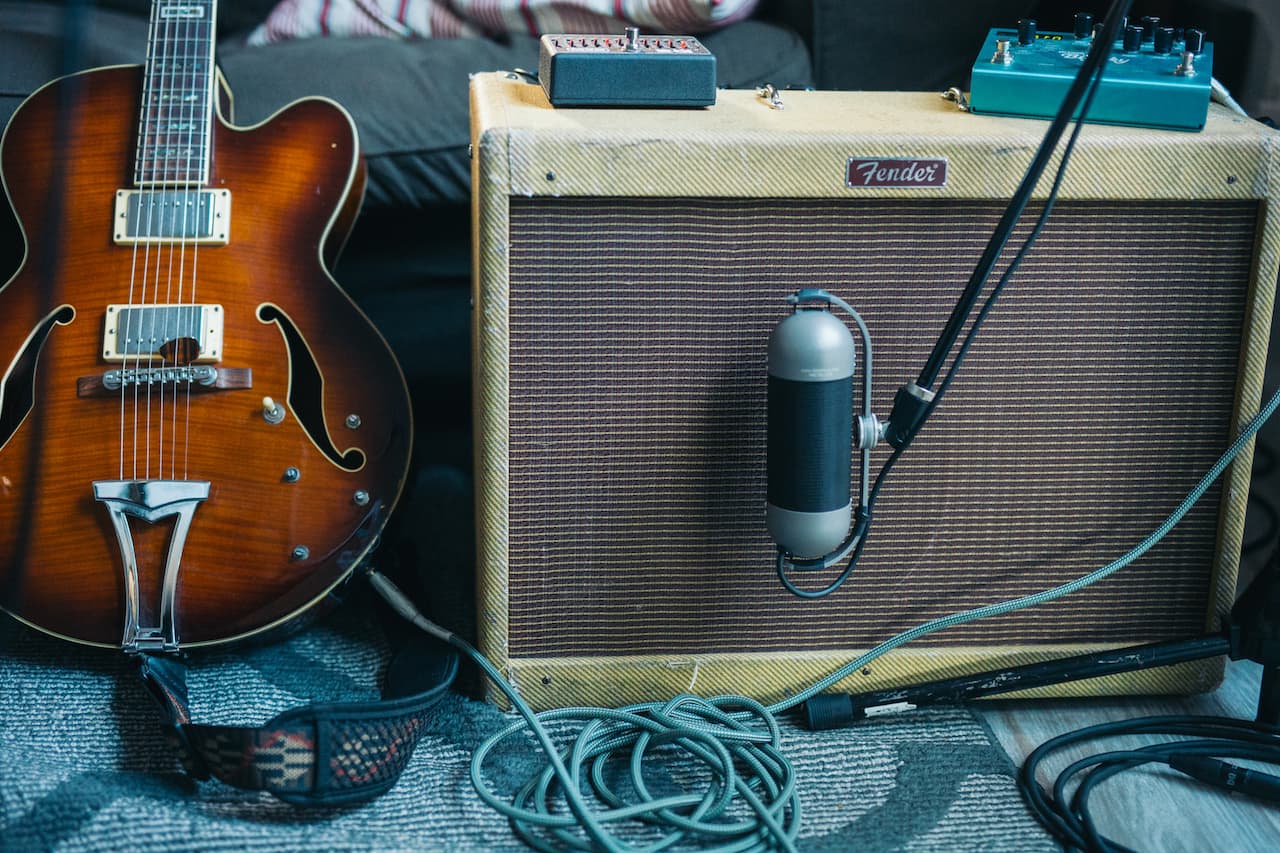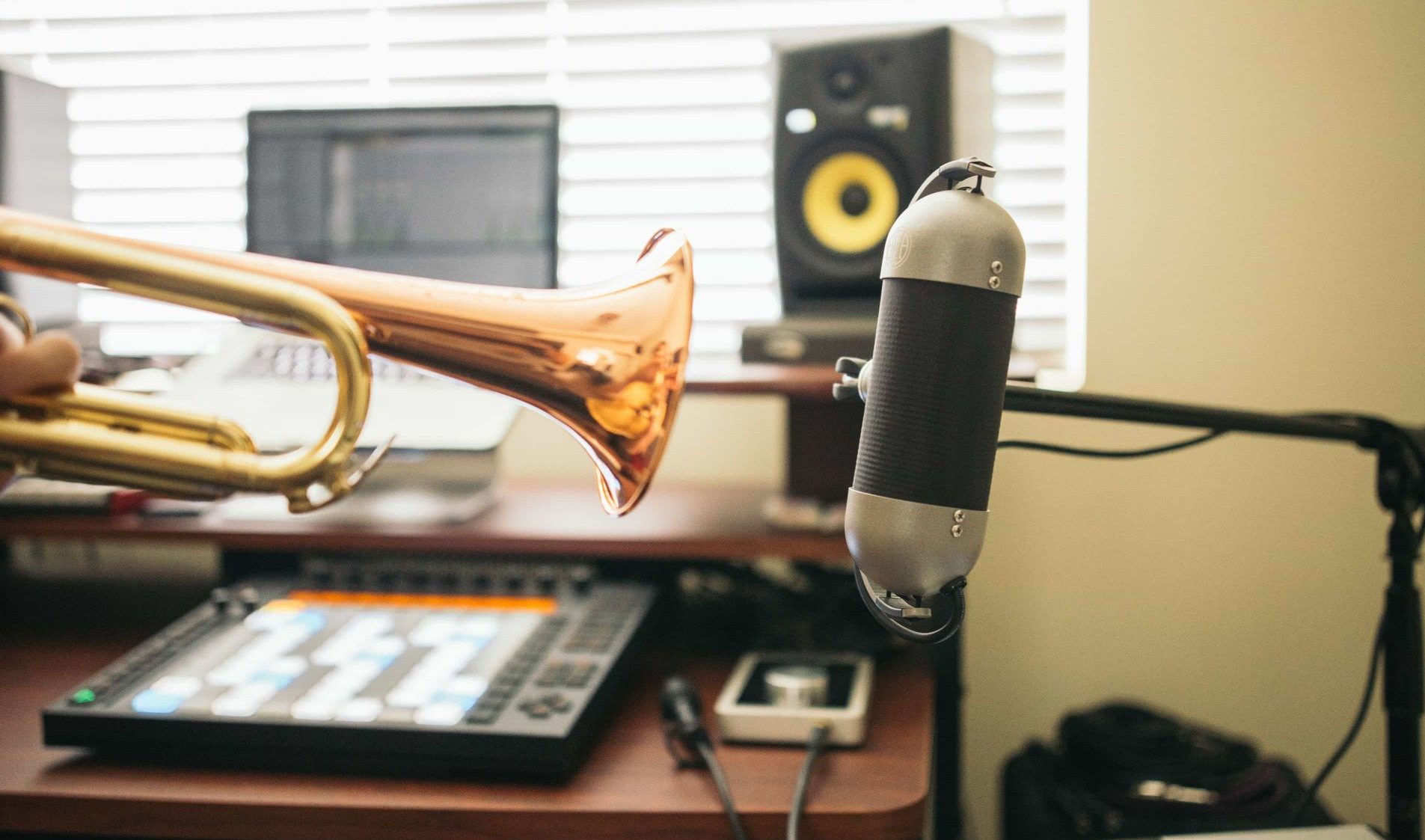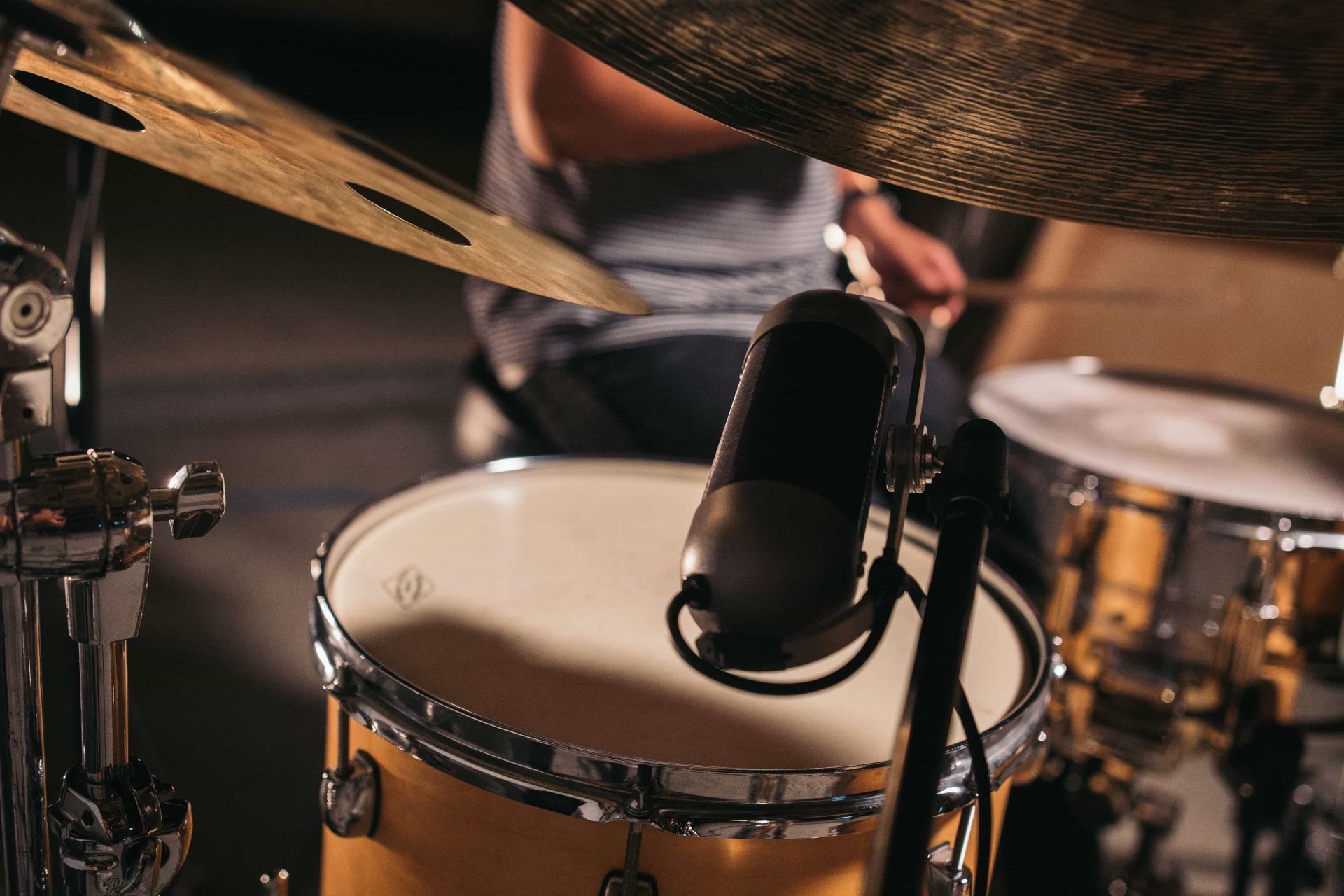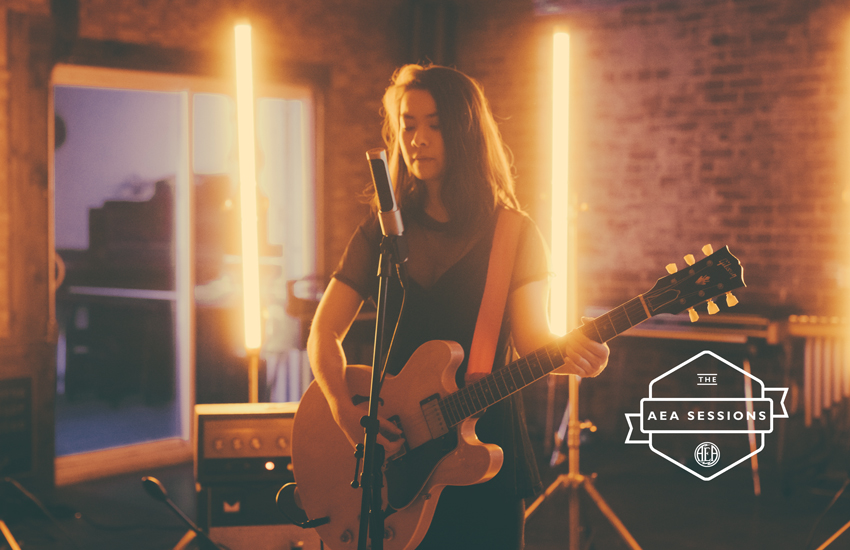
R92
With a thick low-end and hefty midrange, the dual-toned and near-field R92 ribbon mic is an exceptional tool when building a classic sound.
where to buy
R92 Microphone Overview
Rich low-end, warm detailed mid-range and a smooth top-end
Different tonality on front and back sides, giving users a sonic choice
Has a similar character to the classic R84 with less proximity effect
Near-field ribbon mic with reduced proximity effect
Made in the U.S.A.

A Classic Ribbon Microphone

Offering a classic ribbon character in the form of a near-field, the dual-tone R92 functions as a versatile creative tool with innumerable possibilities. Similar in sound to the AEA R84, but with a more pronounced midrange and minimized proximity effect, the R92 performs brilliantly when up close to brass, guitar amps, kick drum, and percussion.
One side of the R92 yields a tonality distinct from the other, essentially providing two mics in one giving options on different sources. When supplemented with a brighter mic signal, the R92 serves to balance the scales in a mix with its low-end clarity and warm midrange.



Two Sides — A Choice of Sonic Tones
With its dual sonic character, the R92 offers limitless creative options for capturing a signature sound. The front side offers a crisp sonic signature — tailored to have a bright sound. The back side is darker and smoother. It is ideal for taming harsh sounds such as trumpets and strings in a refined and flattering way. The bass reproduction of the mic extends to the lowest audible bass frequencies.

Hear the R92
Audio Examples & Techniques
A Near-field Mic with Character
The R92 was designed to be positioned between 1 and 18 inches from the sound source. It retains a balanced frequency response across the spectrum with limited proximity effect. The R92 naturally reduces proximity effect while also avoiding the room tone that can cause problems in smaller spaces or iso booths.
Naturally rolling off the low-end before it hits the ribbon creates a much different sound than using electronic equalization to roll off the low-end in post. In a traditional ribbon mic, the proximity effect can be so strong that it obscures the mid-range, which can be extremely difficult to correct.
Unlike traditional ribbon mics, think of the R92s placement in terms of inches instead of feet. Of course, near-field mics can be positioned at a distance, but they have a more balanced sound close to the sound source.
The R92 not only handles the SPL levels of a high-gain amplifier and loud trombone with ease, but it also translates all the gritty details of an instrument that musicians seek.
The R92 In Action
Made for brass
Watch the R92 in action as Mike Cottone serenades with his smooth trumpeting
The R92’s U-shaped yoke acts as a shock mount and also enables the user to position the mic at various angles even with a straight stand. This shock mount is attached to an integrated 360-degree swivel mount that enables easy setup and positioning in tight spaces. Weighing only two pounds, the R92 can easily be accommodated on cramped stages.

Yes, There’s a Matching Preamp
Since the R92 is a dual passive ribbon microphone, the preamp is critical for optimum performance. Preamp gain should be at least +60dB or higher and the preamp should have a very high impedance. It’s the same requirement with all passive ribbon mics.
To guarantee consistent, full-range ribbon sound, we recommend AEA’s RPQ3, RPQ500, TRP500 and TRP3 preamps, which were specially designed for ribbon microphones. However, preamps with above a 5K ohm impedance found in many live soundboards are adequate for guitar amps and other louder instruments. On quiet sound sources or for distance recording, an AEA preamp is highly recommended.
Artists
I hate you guys! Now I have to buy them. I used the R92 on Al's Di Meola's guitar amp, and the 84's about a foot away, Fantastic!!! Al loved the sound. I used the R88 on the drum overheads, sweet!!!!
Electronic Musician
The super-cool app, however, is the ability to grab an articulate sheen or some juicy warmth simply by facing the front or rear of the R92 at the source sound—it’s like having two mics in one!
Sound On Sound
If you are considering investing in the smooth, natural character of a ribbon mic, this is certainly one worth auditioning first hand. I've fallen in love with it!
Mix Mag
It rounds off transients in true ribbon fashion, adding a naturally compressed sound that flatters even the most strident source. This tendency and its tailored frequency response make the R92 a hands-down winner at close quarters. You don't need to be afraid to get this mic in a singer's face or right up on a speaker. The R92 – like its forefathers carrying the same engine, the R84 and R88 – is unequaled in its price range. I almost felt guilty.
Manual and Specifications
Parts and Accessories
AccessoriesRelated
- Tricks of the Trade
Battle of Two Near-Fields: R92 vs N22 on Guitars Amps


- Tricks of the Trade
Near-Field vs. Far-Field Ribbon Mics: What’s The Difference





